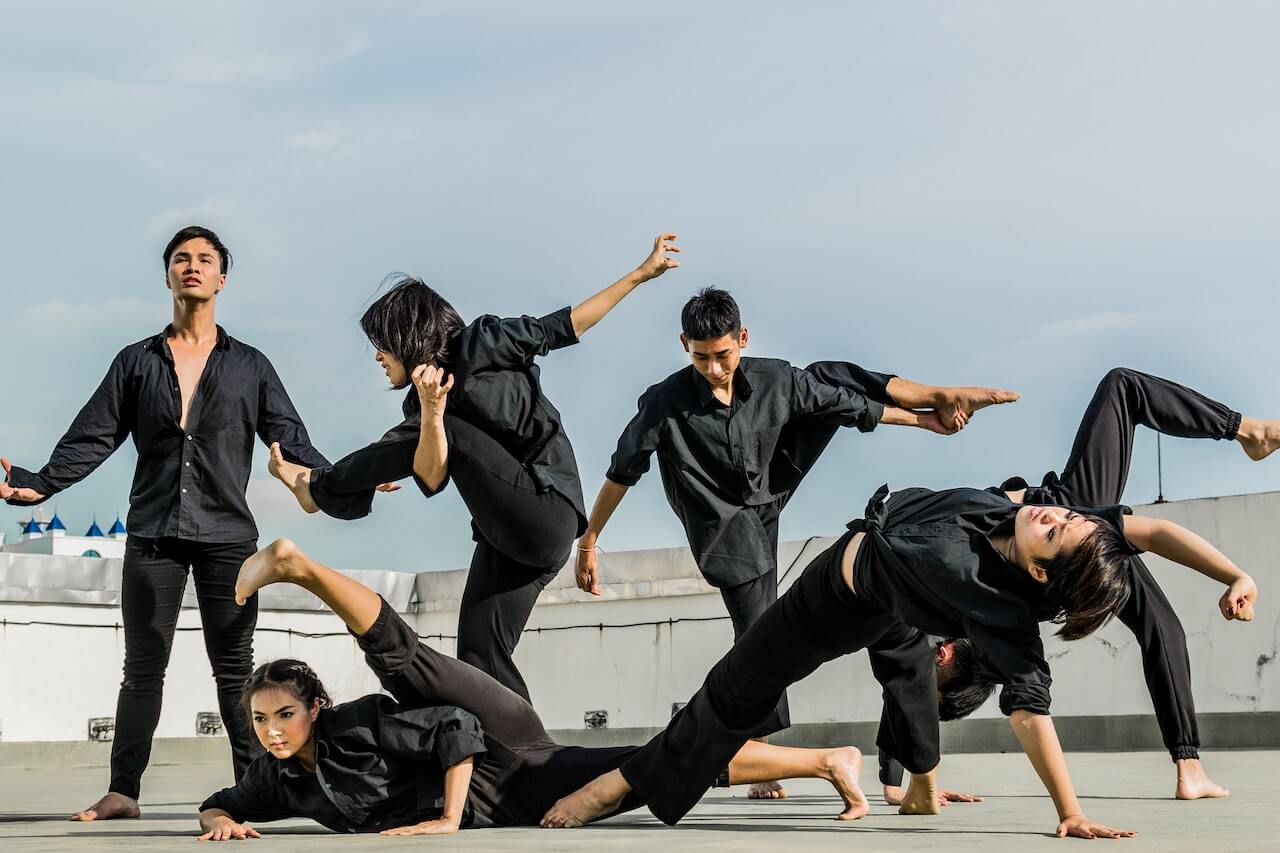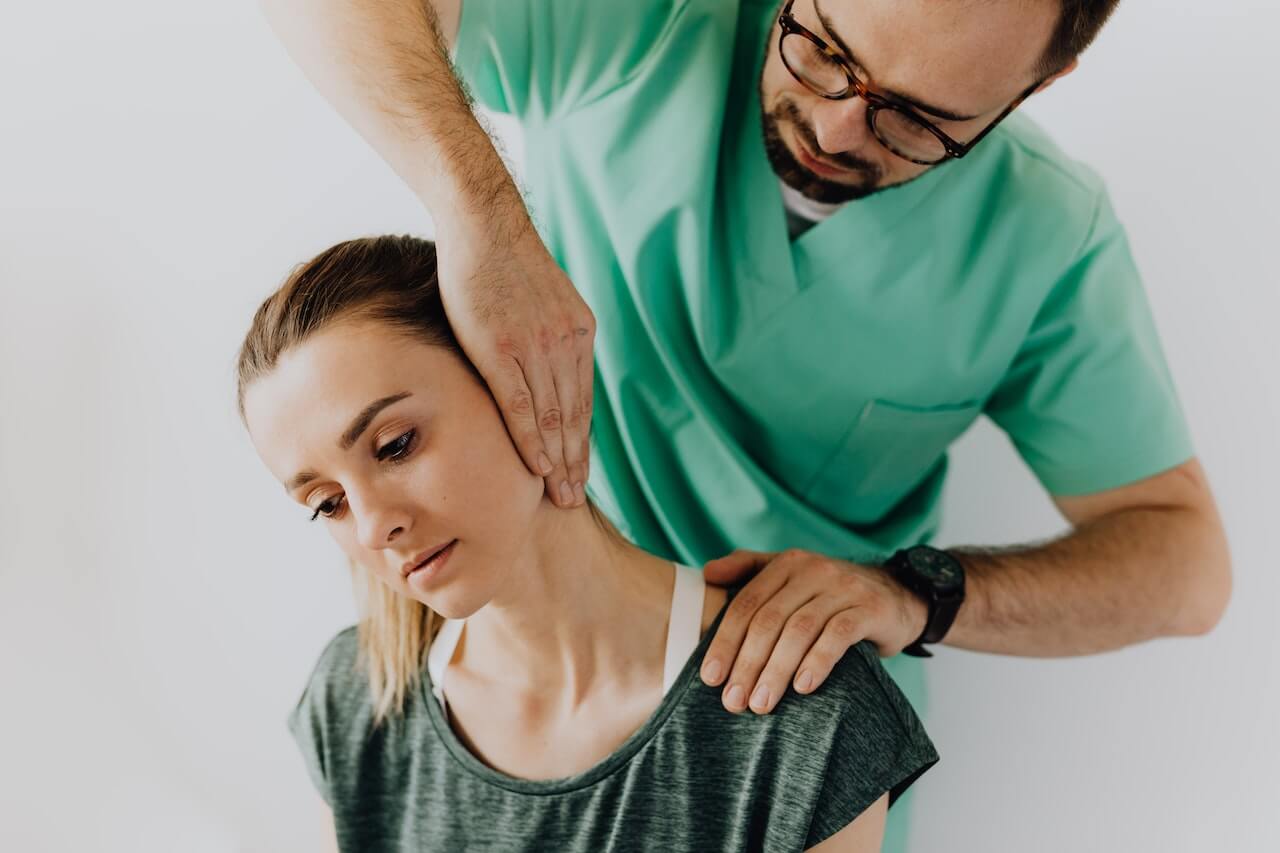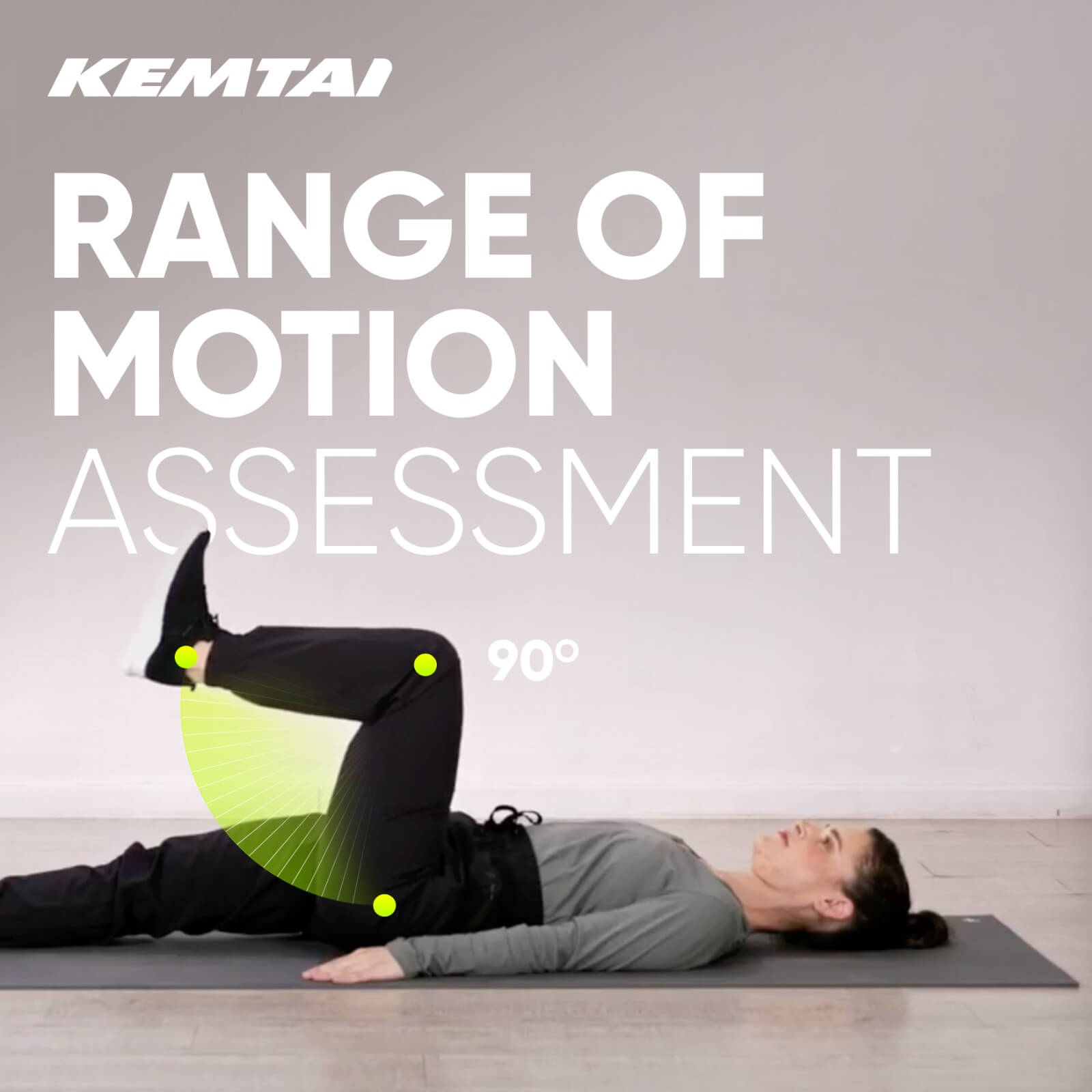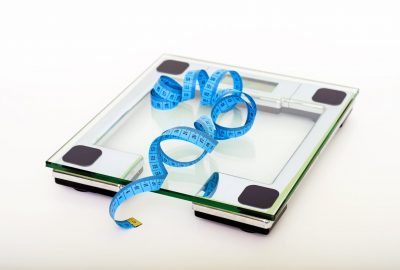Our joints are critical building blocks of our physiology. Maintaining their health and flexibility is paramount for a happy and independent living, especially as we age. When joints become stiff, painful, or lose range of motion (ROM), it can affect our quality of life and ability to perform daily tasks. This is especially true when it comes to the joints in our lower body, such as the hips and knees. A healthy joint is vital to our mobility and physical freedom. A joint that has lost its range of motion due to injury or disease can cause inflammation and discomfort leading to diminished quality of life. In this article, we’ll look at the three types of ROM and how they can help us maintain healthy joints. We will also cover how platforms such as Kemtai support the patient and the therapist with ROM exercises that could ensure joint mobility in the long term.
What is Range of Motion
Range of motion (ROM) refers to the flexibility of movement of a joint or muscle in various directions. It is used to measure how much one can move the joint independently (active ROM), as well as with assistance from someone else (passive ROM). While the range of motion for a joint can vary from one person to another, there are standard values that are used by healthcare providers to determine if the movement is restricted. Physical therapists often evaluate a patient’s range of motion during the initial examination after an injury or discomfort. Awareness of ROM might help to avoid overdoing things and injuring oneself. Age, gender, lifestyle, genetic and occupational factors can affect a person’s range of motion.
The 3 Types of Range of Motion
ROM is measured under three different conditions –
- active or independent
- passive or dependent
- active-assistive or enabled
Let us understand what the three conditions entail.
Active Range of Motion
An active range of motion occurs when a patient moves his or her limb through its full range of motion without any assistance and without experiencing discomfort. Patients with previous injuries or limitations should not show signs of compensating for them while moving their bodies through active ROM exercises. Active ROM is usually the final stage of physical therapy when recovering from injuries or illness. These exercises can be performed both independently and under the supervision of a therapist. AROM exercises are used to aid muscle strengthening through active movement; promote flexibility of supportive tissue and tendons thereby increasing joint mobility (flexibility); relieve pain, numbness, or other symptoms in a patient with a limited range due to injury or disease; reverse or prevent muscle atrophy and promote the production synovial fluids that keep joint tissues flexible.
Passive Range of Motion
When using passive ROM, the patient is generally relaxed and a therapist moves a joint through its full range of motion. The techniques for doing so can be done manually or with the aid of machines like CPMs. PROM exercises are used during the early phase of recovery from injury or surgery to help patients regain motion and prevent muscle atrophy. PROM exercises help address stiffness, spasticity, and movement deficits caused by muscle injury or neurological illness that can lead to joint contractures (misshapen joints), decreased range of motion, and reduced ability.
Active- Assistive Range of Motion
Active assistive ROM is performed when the patient can control a movement but cannot complete it because of pain or other limitation. The therapist applies gentle force to help the patient overcome those limitations by moving through its full range of motion. Physical therapists often use this technique during recovery from surgery or an injury, when the body is not ready for normal movement.
For patients whose mobility has been severely limited by injury or conditions like arthritis, the therapist might first perform passive range-of-motion exercises before progressing to active-assistive range-of-motion exercises. It is important to note, however, that the patient needs to be in control and comfortable with the degree of movement. The patient should never feel pain during his or her physical therapy treatment which can lead to muscle tear and further complications with ROM. When used appropriately by a trained physical therapist AAROM can strengthen muscles and markedly improve joint flexibility.
Measuring Range of Motion
Goniometry, or measuring a patient’s range of motion by using an instrument called a goniometer (or similar tool), is often the first physical therapy test performed when beginning treatment. A goniometer is a device with two hinged arms, one fixed and the other movable. It is placed at a specific point on the body so that its center—where both arms meet—is aligned over either an anatomical joint or another desired measurement point. The therapist uses hash marks on a hinge to measure the range of motion in degrees.
Causes of Limited Range of Motion
There are several factors that can impact ROM. Some are genetic, while most are caused either by lifestyle factors or injuries. A limitation in ROM can cause a joint to become permanently set in rare instances. These are called contracture deformities and are linked to many underlying health conditions. The following list covers a host of conditions and issues that can lead to limited ROM.
- Ankylosing spondylitis, commonly known as axial spondyloarthritis or AS, is a chronic inflammatory disease that can cause vertebrae to fuse. The fusion of spine bones can make the spine less flexible, resulting in a hunched posture.
- Several forms of Arthritis, such as Osteoarthritis, Rheumatoid Arthritis.
- Fibrosing disorders such as Dupuytren’s disease
- Motor disabilities such as Cerebral Palsy
- Torticollis, ruptured tendons or Tendinitis
- Injuries resulting from bone fractures or joint dislocations
- Sepsis due to infections of the joint, bacterial or otherwise
- Bone and frame conditions resulting from obesity
Exercise and movement can increase the range of motion in your joints, muscles, and other supporting tissues. With age or certain medical conditions that limit physical activity such as arthritis, people’s motion may decrease even if they aren’t physically impaired.
Increasing Range of Motion and Improving Joint Health through Exercise
The human body is a complex machine, and it’s important to maintain its parts in good working order. While there are many types of exercise programs available, stretching exercises are among the most basic and beneficial forms of physical activity one can partake in. Stretching exercises help to improve flexibility and mobility in the joints, muscles, and tendons — two things that decline with age. Regular exercise is a sure shot way of improving flexibility and increasing range of motion. Stretching and exercise cause the body to produce synovial fluid, which lubricates areas where bones meet so that they can move more easily. Active range-of-motion exercises prescribed by a therapist help reinforce neural connections and teach the body how to move. With remote platforms such as Kemtai, therapists can set exercise routines, enforce them and successfully track the recovery of their patients. Studies have proven that, with expert guidance and ample training time, a well-designed range-of-motion exercise program can significantly improve the affected person’s ability to move.

Let us look at a few examples of simple exercises that can improve the range of motion.
- Neck Exercises include gentle rotations, back and forth and sideways tilts with control, and head turns so that the chin tilts towards the shoulder.
- Shoulder bends, elbow bends, shoulder rotations.
- Palm and wrist bends, wrist rotations, finger bends, finger spreads, finger-to-thumb touches.
- Hip and knee bends, leg lifts, leg rotations, leg side-to-side movements, knee rotations, ankle bends and rotations, as well as toe bends and spreads.
Such simple stretches, flexes, and bends can go a long way in maintaining joint health and longevity.
Exercise anywhere with Kemtai & Improve Joint Health
With the advent of remote exercise platforms such as Kemtai, access to exercises that maintain and improve ROM has become easy and accessible. Both therapists and patients might benefit from advanced active feedback and guidance provided by Kemtai’s motion-tracking exercise platform. A library of exercises targeting various parts of the body are available via Kemtai’s platform.
Inflexible muscles and stiff joints can cause a litany of problems, including muscle pain and loss of mobility. By incorporating stretching and other holistic movements into your exercise routine from a young age, one might maintain flexibility throughout life and reduce the likelihood of pain or injury in old age.
In addition, on Kemtai you can easily run ROM assessments to various different joints on the patient body. These assessments can be repeated as needed in order to track the patient’s progress and could help in understanding their improvement following and during their physical therapy episode.
[WPSM_AC id=1975]




